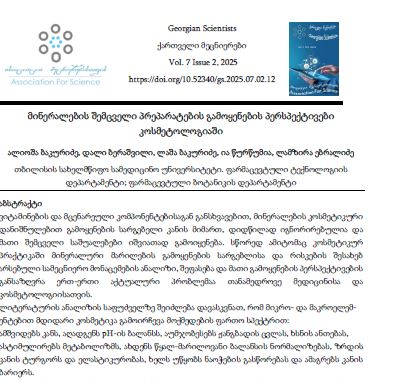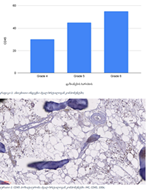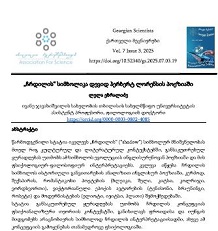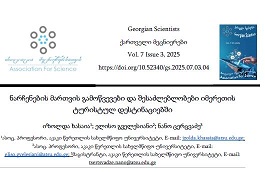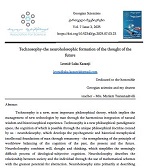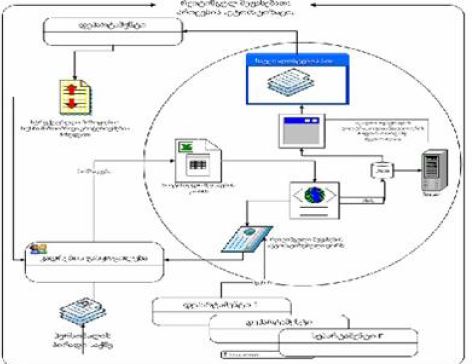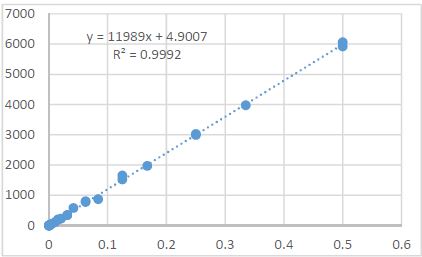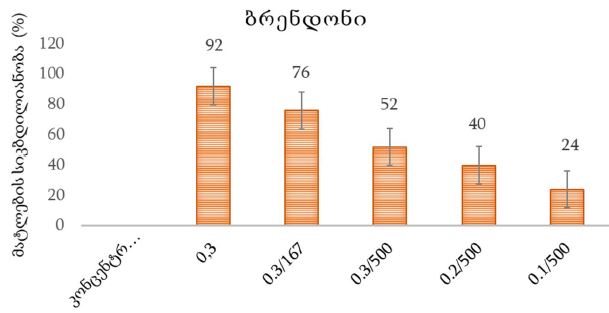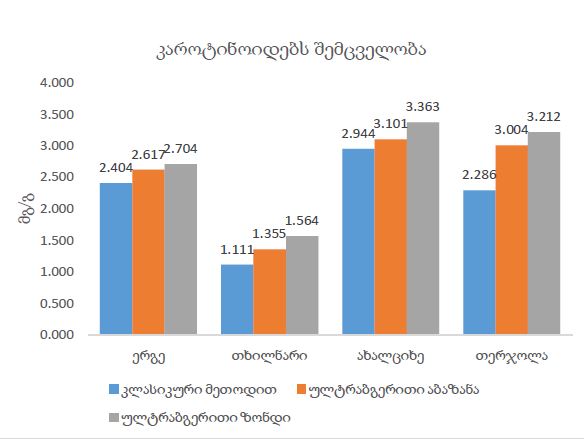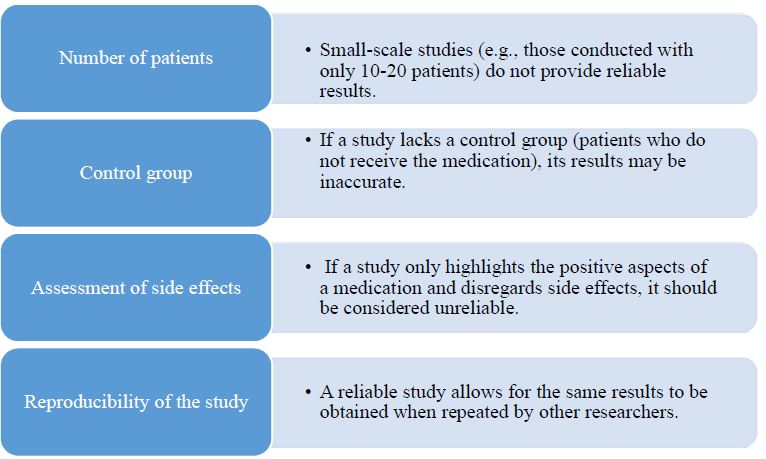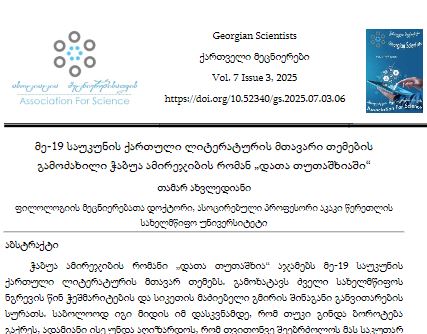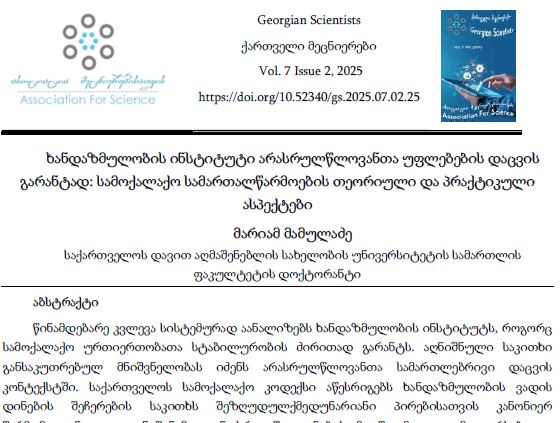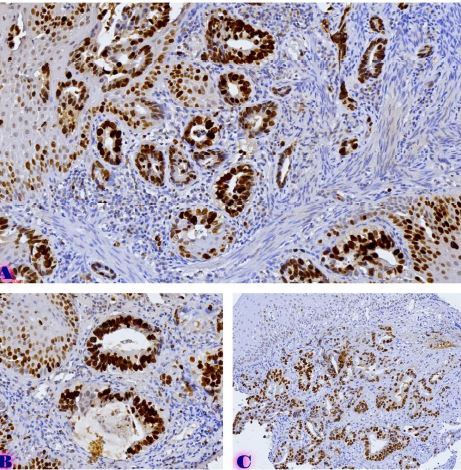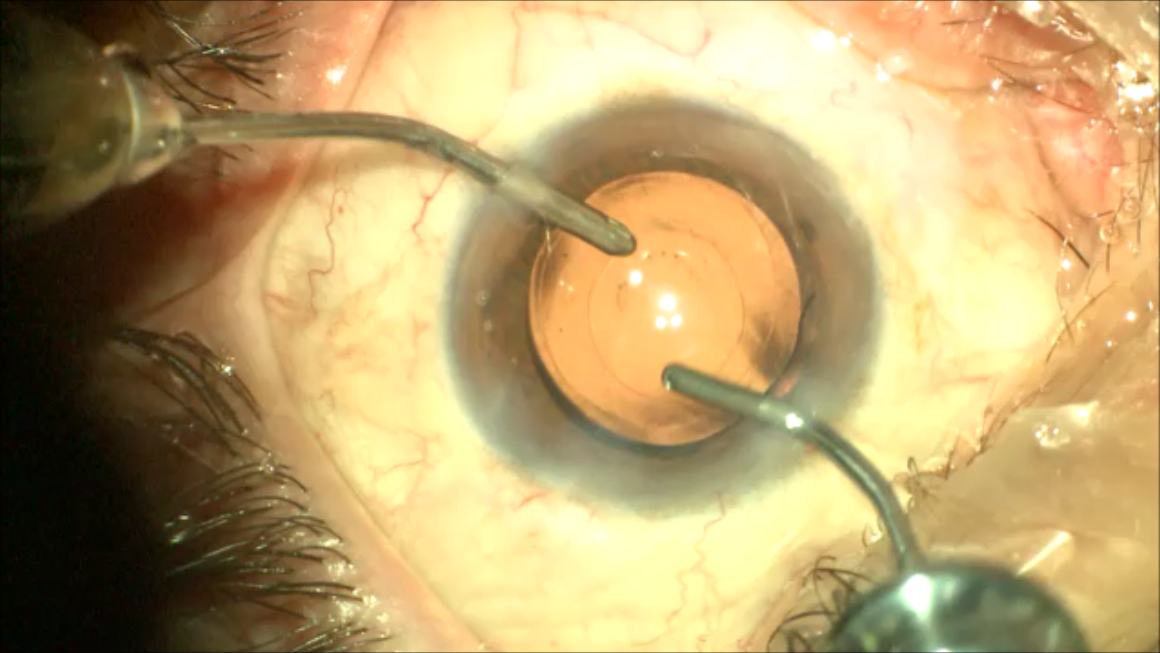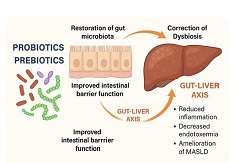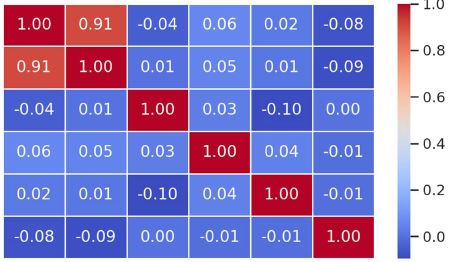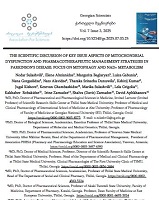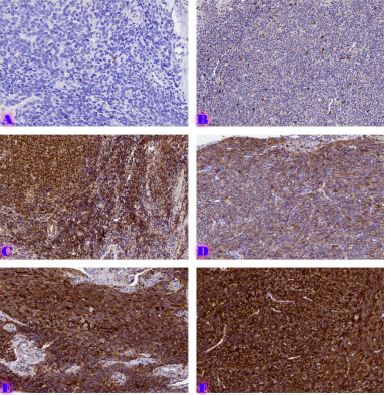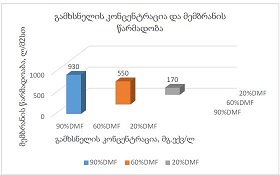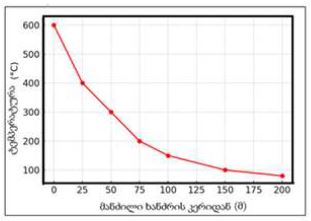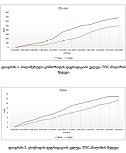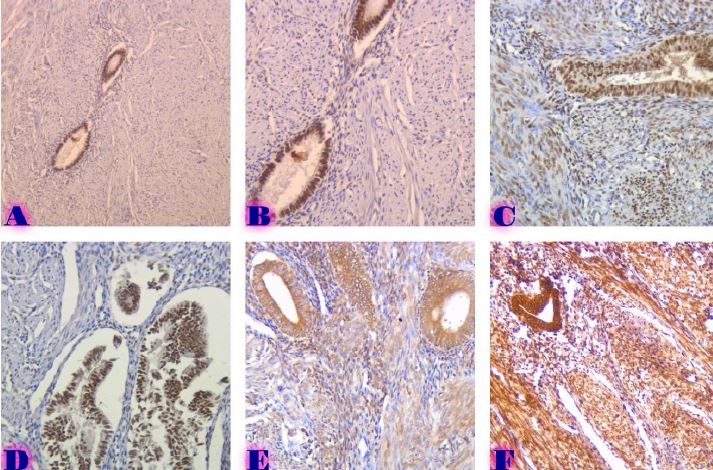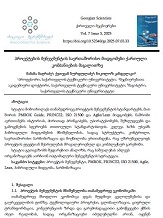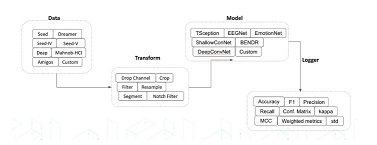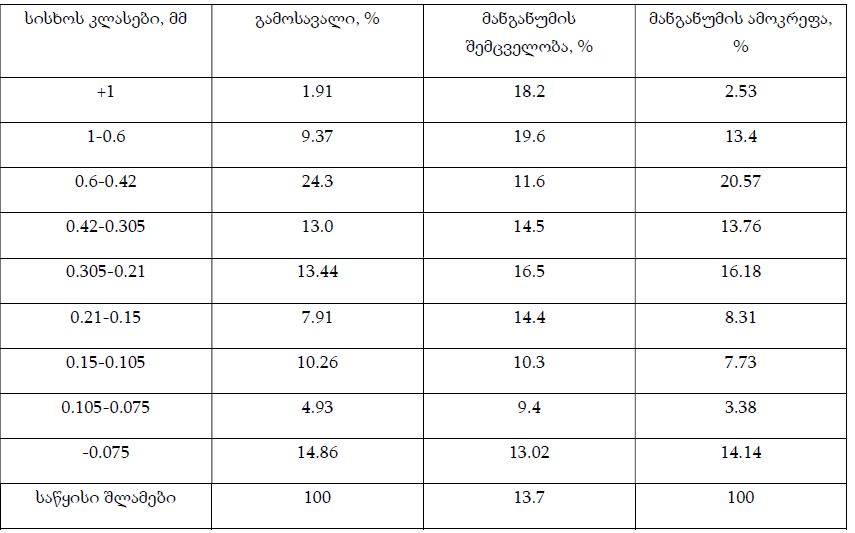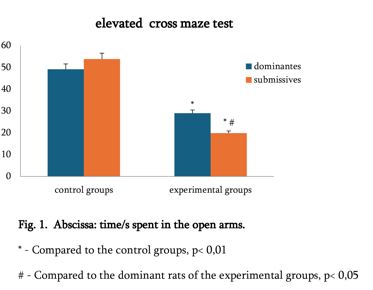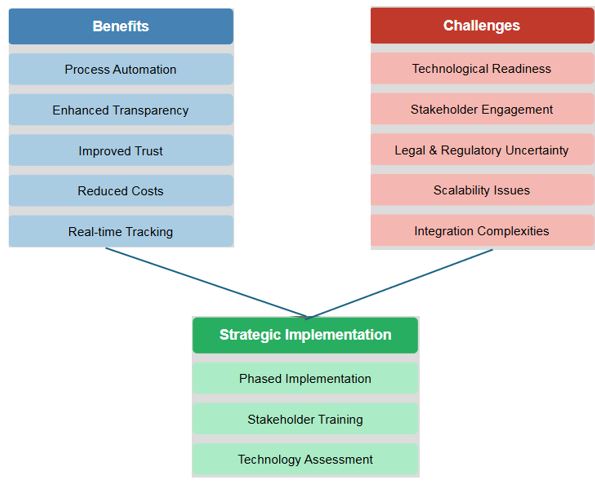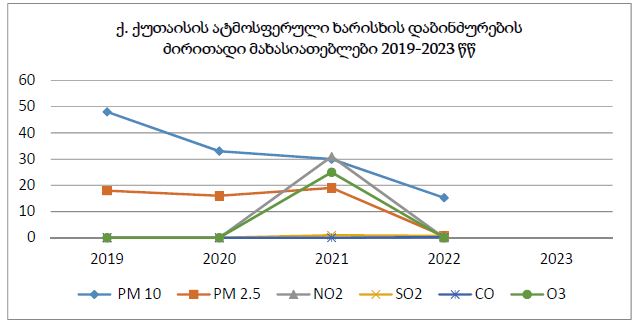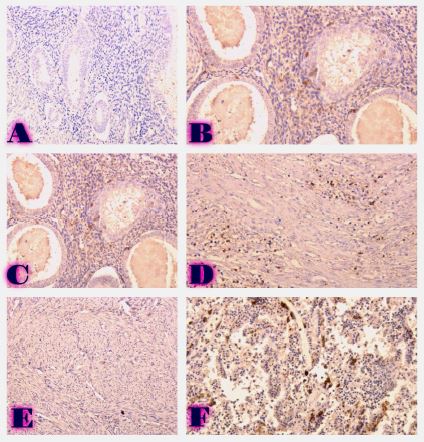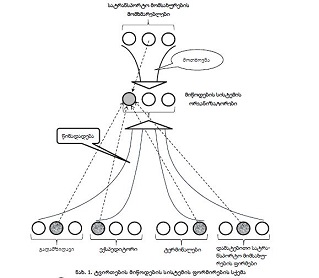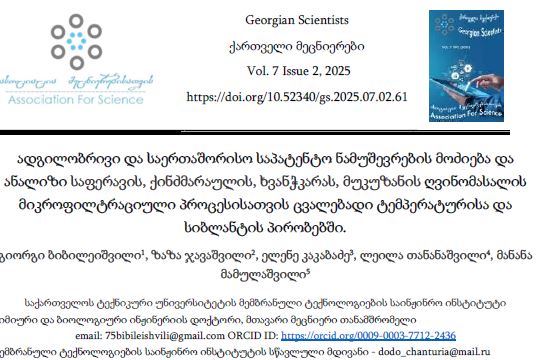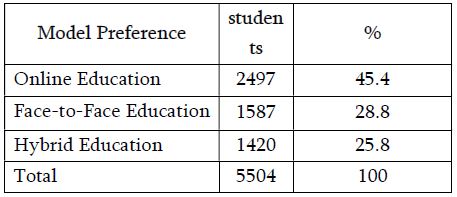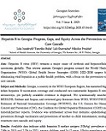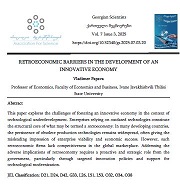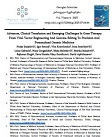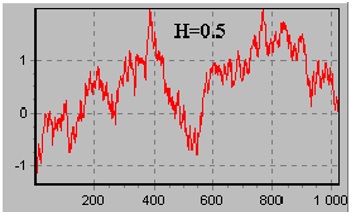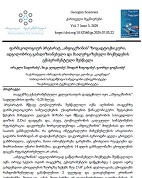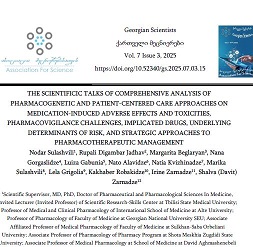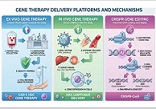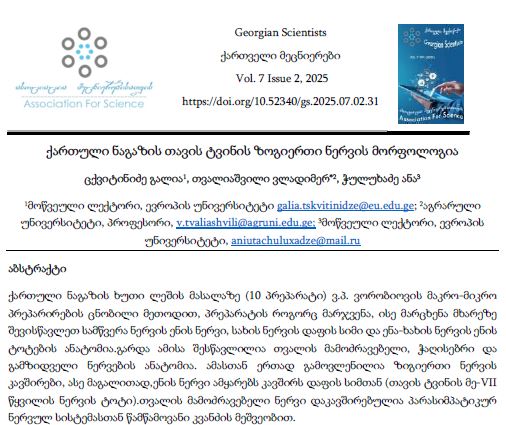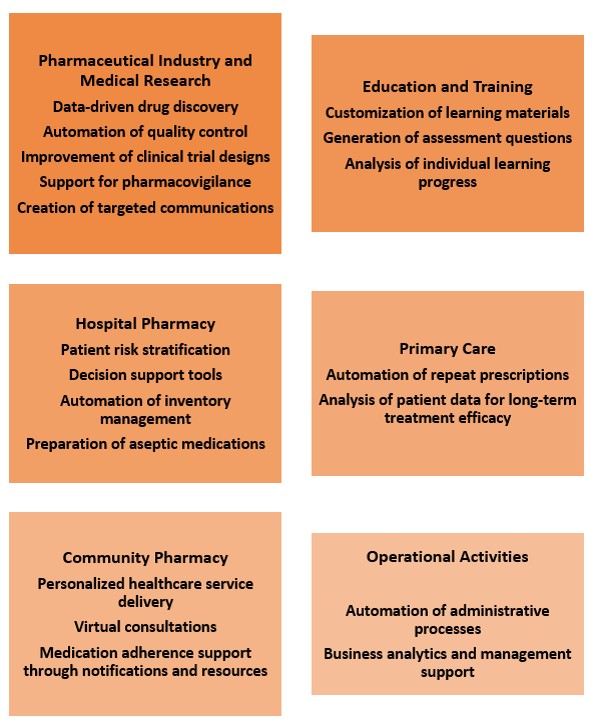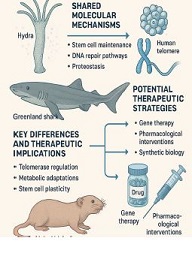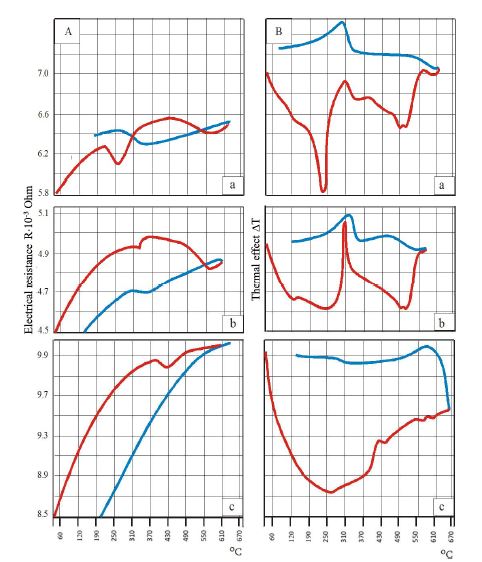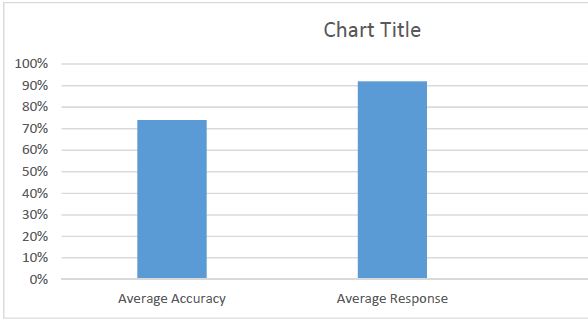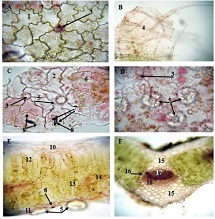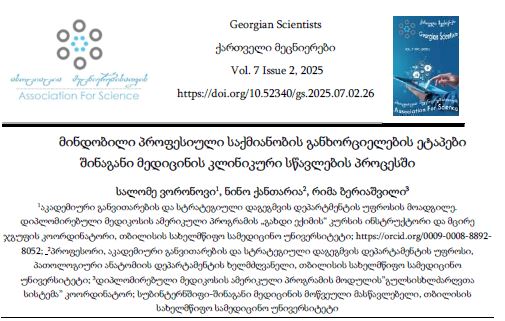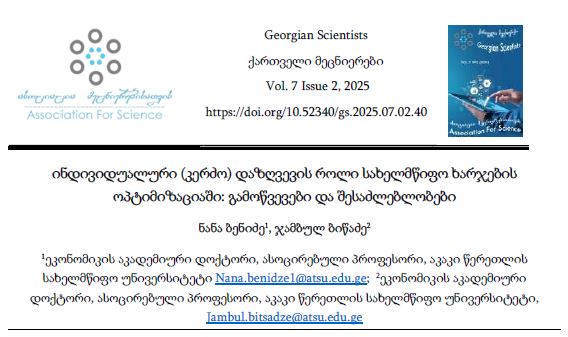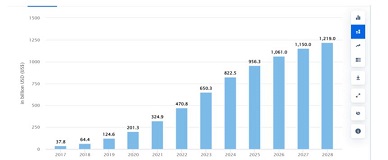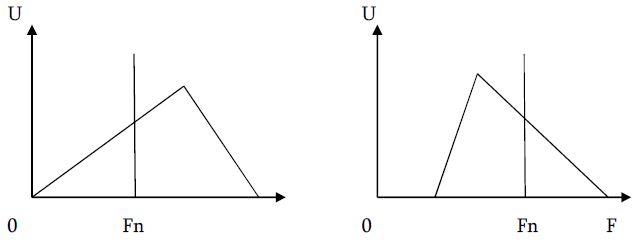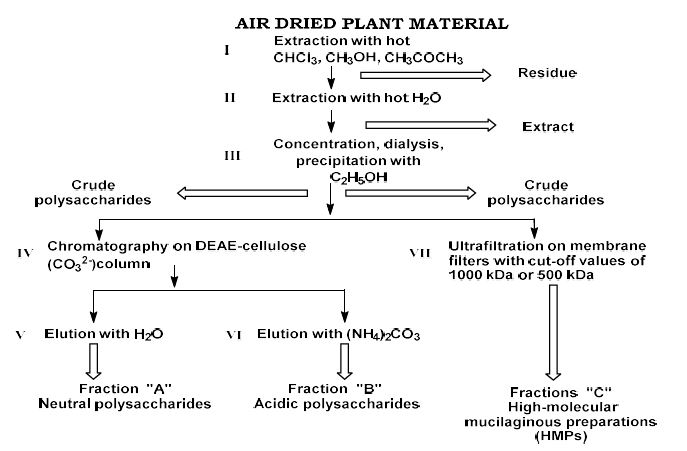Features of epithelial-mesenchymal transformation and distribution of stem cells during Endometrial ciliary/tubal metaplasia
Downloads
Metaplasia is an adaptive process in which one tissue is transformed into another tissue that is functionally and morphologically different. The most common type of metaplasia in the endometrium is ciliary/tubal metaplasia. Although the immunophenotype of ciliary/tubal metaplasia in the cervix is well studied, there are very few studies related to endometrial metaplasia. There is no reliable clinical evidence that tubal metaplasia is a precursor to serous carcinoma. It is highly likely that the precursor may be a highly differentiated endometrioid carcinoma with extensive ciliary changes. In the progression of endometrial pathologies, the role of epithelial-mesenchymal transformation is not completely clear. Epithelial-mesenchymal transformation is also a probable cause of endometrioid-type carcinomas. Within the framework of our research, a cohort retrograde study was carried out, for which archival material of the teaching-scientific and diagnostic laboratory of Tbilisi State Medical University was used. Overall, the study included a total of 315 non-fixed formalin-fixed and paraffin-embedded (FFPE) cases. Our study showed that the expression analysis of E-cadherin showed that its expression was significantly decreased in the study groups, in contrast to the study groups without metaplasia, indicating the independent behavior and importance of ciliary as well as atypical ciliary metaplasia in endometrial carcinogenesis. Beta-catenin expression in ciliary metaplasia, as well as in atypical ciliary metaplasia, increases progressively with the development of atypical processes in the endometrium. Accordingly, vimentin can be used as an independent molecular marker for monitoring tubal metaplasia. A lower significance of P53-dependent carcinogenesis was observed in endometrial neoplastic processes, in contrast to serous carcinoma, where P53 expression is significantly higher.
Downloads
D’Angelo, E. et al. Atypical Endometrial Hyperplasia, Low-grade: ‘much ADO about Nothing’. American Journal of Surgical Pathology 45, 988–996 (2021).
Lax, S. F. [Precursor lesions of endometrial carcinoma]. Pathologe 40, 13–20 (2019).
Stringfellow, H. F. & Elliot, V. J. Endometrial metaplasia. Diagn Histopathol 23, 303–310 (2017).
Travaglino, A. et al. Endometrial Metaplastic/Reactive Changes Coexistent with Endometrial Hyperplasia and Carcinoma: A Morphological and Immunohistochemical Study. Diagnostics (Basel) 12, (2021).
Hou, J. Y., McAndrew, T. C., Goldberg, G. L., Whitney, K. & Shahabi, S. A clinical and pathologic comparison between stage-matched endometrial intraepithelial carcinoma and uterine serous carcinoma: Is there a difference? Reproductive Sciences 21, 532–537 (2014).
Apostolou, G. et al. Cytodiagnosis of endometrial carcinoma and hyperplasia on imprint smears with additional immunocytochemistry using Ki-67 and p53 biomarkers. Cytopathology 25, 86–94 (2014).
Apostolou, G. et al. Utility of Ki-67, p53, Bcl-2, and Cox-2 biomarkers for low-grade endometrial cancer and disordered proliferative/benign hyperplastic endometrium by imprint cytology. Diagn Cytopathol 42, 134–142 (2014).
Siegel, R. L., Miller, K. D. & Jemal, A. Cancer statistics, 2019. CA Cancer J Clin 69, 7–34 (2019).
Concin, N. et al. ESGO/ESTRO/ESP guidelines for the management of patients with endometrial carcinoma. Int J Gynecol Cancer 31, 12–39 (2021).
Syed, S. M. et al. Endometrial Axin2+ Cells Drive Epithelial Homeostasis, Regeneration, and Cancer following Oncogenic Transformation. Cell Stem Cell 26, 64-80.e13 (2020).
Falke, I. et al. Knockdown of the stem cell marker Musashi-1 inhibits endometrial cancer growth and sensitizes cells to radiation. Stem Cell Res Ther 13, (2022).
Dongre, A. et al. Direct and Indirect Regulators of Epithelial–Mesenchymal Transition–Mediated Immunosuppression in Breast Carcinomas. Cancer Discov 11, 1286–1305 (2021).
Wang, B., Li, X., Liu, L. & Wang, M. β-Catenin: oncogenic role and therapeutic target in cervical cancer. Biol Res 53, 33 (2020).
Ramón y Cajal, S. et al. Clinical implications of intratumor heterogeneity: challenges and opportunities. J Mol Med 98, 161–177 (2020).
Georgescu, S. R. et al. Tumour Microenvironment in Skin Carcinogenesis. in 123–142 (2020). doi:10.1007/978-3-030-36214-0_10.
Chiu, H.-C., Li, C.-J., Yiang, G.-T., Tsai, A. & Wu, M.-Y. Epithelial to Mesenchymal Transition and Cell Biology of Molecular Regulation in Endometrial Carcinogenesis. J Clin Med 8, 439 (2019).
Mittal, V. Epithelial Mesenchymal Transition in Tumor Metastasis. Annual Review of Pathology: Mechanisms of Disease 13, 395–412 (2018).
Yeung, K. T. & Yang, J. Epithelial–mesenchymal transition in tumor metastasis. Mol Oncol 11, 28–39 (2017).
Copyright (c) 2024 Georgian Scientists

This work is licensed under a Creative Commons Attribution-NonCommercial-NoDerivatives 4.0 International License.








